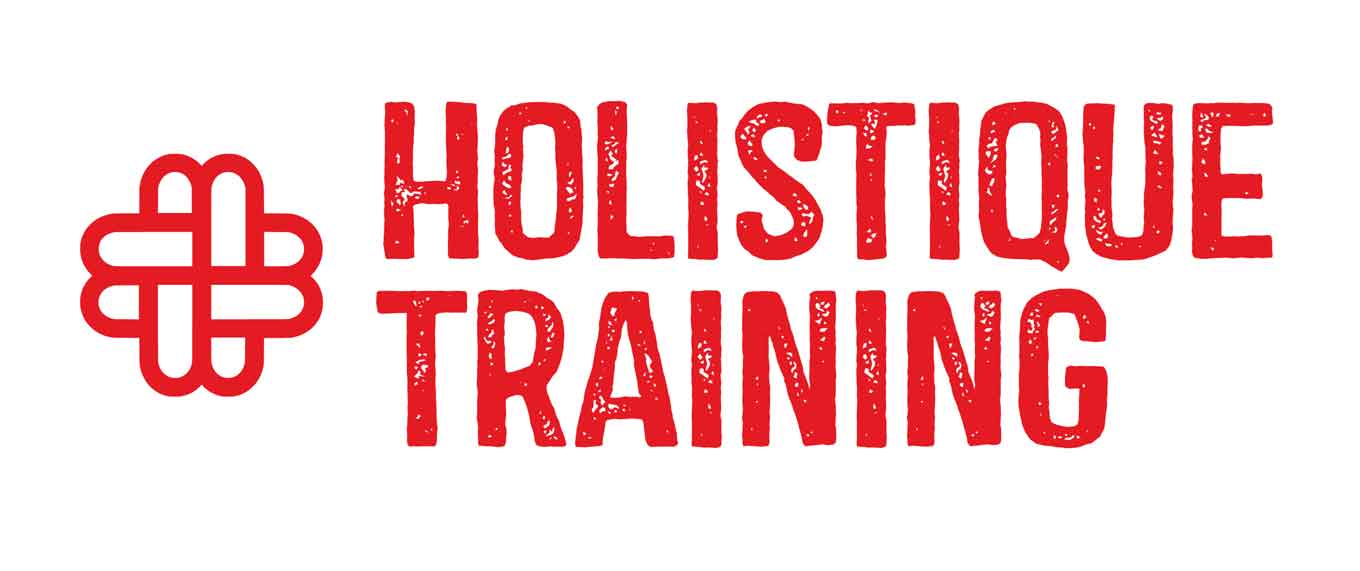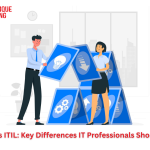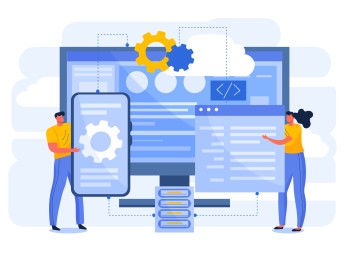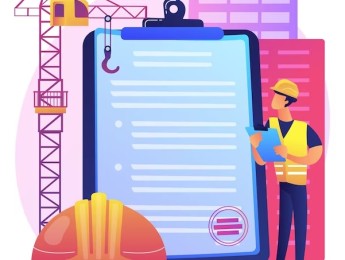In today’s rapidly evolving digital landscape, organisations must align their business goals with IT capabilities to remain competitive and resilient. Enterprise Architecture (EA) provides a strategic framework to achieve this alignment, and TOGAF (The Open Group Architecture Framework) is one of the most widely adopted standards for guiding enterprise architecture practices globally.
This course offers a comprehensive, practical, and structured approach to mastering enterprise architecture using TOGAF. Participants will explore the core concepts, methodologies, and tools of TOGAF to design, govern, and optimise complex enterprise systems. Real-world examples, case studies, and hands-on exercises will equip participants with the skills to lead successful architecture initiatives and digital transformations.
By the end of this course, participants will be able to:
- Understand the role and value of enterprise architecture in modern organisations.
- Apply TOGAF's Architecture Development Method (ADM) to design enterprise architecture.
- Define and model business, data, application, and technology architectures.
- Establish governance structures and frameworks to support architecture programs.
- Align enterprise architecture initiatives with strategic business objectives.
- Prepare for TOGAF certification and professional application of its standards.
This course is ideal for:
- Enterprise architects.
- Solution architects.
- IT managers and directors.
- Business analysts and strategists.
- IT governance and compliance officers.
- Digital transformation leaders.
- Professionals preparing for TOGAF certification.
The course combines expert-led lectures, interactive discussions, real-world case studies, group workshops, and practical modelling exercises. Participants will engage with architecture scenarios, framework applications, and governance challenges to ensure hands-on learning and practical understanding of TOGAF principles.
Day 5 of each course is reserved for a Q&A session, which may occur off-site. For 10-day courses, this also applies to day 10
Section 1: Introduction to Enterprise Architecture and TOGAF
- What is Enterprise Architecture (EA)?
- The value of EA in business transformation and IT alignment.
- Overview of TOGAF framework: history, structure, and purpose.
- TOGAF standards, certifications, and industry adoption.
Section 2: The TOGAF Architecture Development Method (ADM)
- The ADM cycle: phases and objectives:
- Preliminary Phase
- Architecture Vision (Phase A)
- Business Architecture (Phase B)
- Information Systems Architecture (Data & Application) (Phases C)
- Technology Architecture (Phase D)
- Opportunities & Solutions (Phase E)
- Migration Planning (Phase F)
- Implementation Governance (Phase G)
- Architecture Change Management (Phase H)
- Deliverables and artefacts for each phase.
- The role of stakeholders, communication, and governance during ADM.
Section 3: TOGAF Content Framework, Metamodel, and Architecture Repository
- TOGAF Content Framework: models, matrices, and diagrams.
- TOGAF Metamodel: understanding architecture components and relationships.
- The Architecture Repository: managing architecture assets, standards, and building blocks.
- Architecture Capability Framework: defining roles, responsibilities, and competencies.
Section 4: Architecture Domains and Modelling Technique
- Business Architecture: organisational goals, processes, and value chains.
- Data Architecture: information flows, data management, and repositories.
- Application Architecture: system integration, interoperability, and service orientation.
- Technology Architecture: infrastructure platforms, networks, and cloud computing.
- Modelling techniques: ArchiMate, BPMN, UML, and visual tools for EA.
Section 5: Enterprise Architecture Governance and Best Practices
- Establishing architecture governance structures.
- Architecture Boards and compliance reviews.
- Defining principles, standards, and guidelines.
- Measuring architecture maturity and continuous improvement.
- Case studies of successful TOGAF implementations in enterprises.
- Preparing for TOGAF certification exams (Foundation & Practitioner levels).
- Future trends in enterprise architecture: agile EA, AI-driven architecture, and digital ecosystems.
Upon successful completion of this training course, delegates will be awarded a Holistique Training Certificate of Completion. For those who attend and complete the online training course, a Holistique Training e-Certificate will be provided.
Holistique Training Certificates are accredited by the British Accreditation Council (BAC) and The CPD Certification Service (CPD), and are certified under ISO 9001, ISO 21001, and ISO 29993 standards.
CPD credits for this course are granted by our Certificates and will be reflected on the Holistique Training Certificate of Completion. In accordance with the standards of The CPD Certification Service, one CPD credit is awarded per hour of course attendance. A maximum of 50 CPD credits can be claimed for any single course we currently offer.
- Course Code PI1 - 138
- Course Format Classroom, Online,
- Duration 5 days









